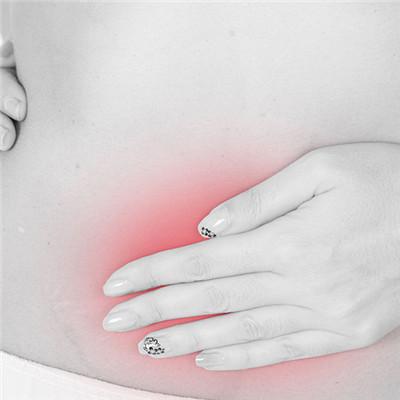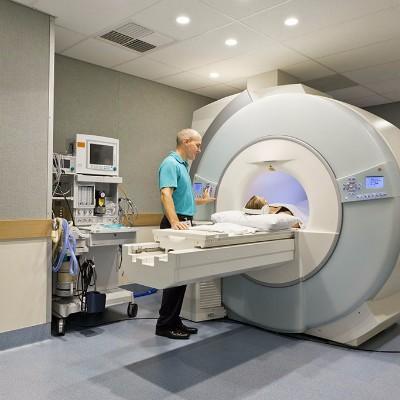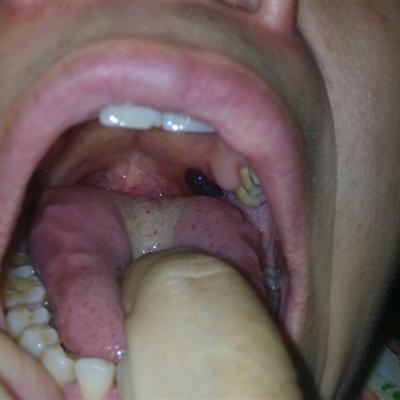Symptoms of abdominal aortic aneurysm
summary
Tumors are clinically divided into malignant and benign, the former is often the most frightening, the latter is better to treat. Of course, there are many kinds of tumors. It can even be said that tumors can grow anywhere, such as abdominal aortic aneurysm. Abdominal aortic aneurysm is a kind of tumor that is not easy to be detected by people, and it is often found in physical examination. So, let's talk about the symptoms of abdominal aortic aneurysm.
Symptoms of abdominal aortic aneurysm
1. Pain is a common symptom before rupture, mostly in the umbilicus and upper abdomen. When the aneurysms invade the lumbar spine, there may be lumbosacral pain. If severe abdominal or lumbar pain occurs recently, it often indicates that the aneurysms are on the verge of rupture.

2. Rupture acute rupture of patients with sudden back pain, accompanied by shock performance, and even died before admission. If it breaks into the retroperitoneum, the hemorrhage is limited to form hematoma, abdominal pain and hemorrhagic shock can last for several hours or days, but the hematoma may rupture into the peritoneal cavity again and die. The tumor can also break into the inferior vena cava, resulting in aortic venous fistula and heart failure. Occasionally, the tumor may break into the duodenum and cause massive gastrointestinal bleeding.

3. Other serious complications can occasionally form acute thrombosis in the tumor, and thrombus shedding can cause lower extremity arterial embolism. Duodenum compression can cause intestinal obstruction, and inferior vena cava compression and obstruction can cause peripheral edema.

matters needing attention
According to the medical history and abdominal periumbilical or upper abdominal palpation and swelling pulsating mass, sometimes mild tenderness, may be accompanied by acute or chronic ischemia symptoms of lower limbs, some patients can hear abdominal vascular murmur and tremor, can be suspected of abdominal aortic aneurysm. Further color ultrasound, CTA or MRA examination can establish the diagnosis. CTA can be used as a diagnostic method for abdominal aortic aneurysm.














